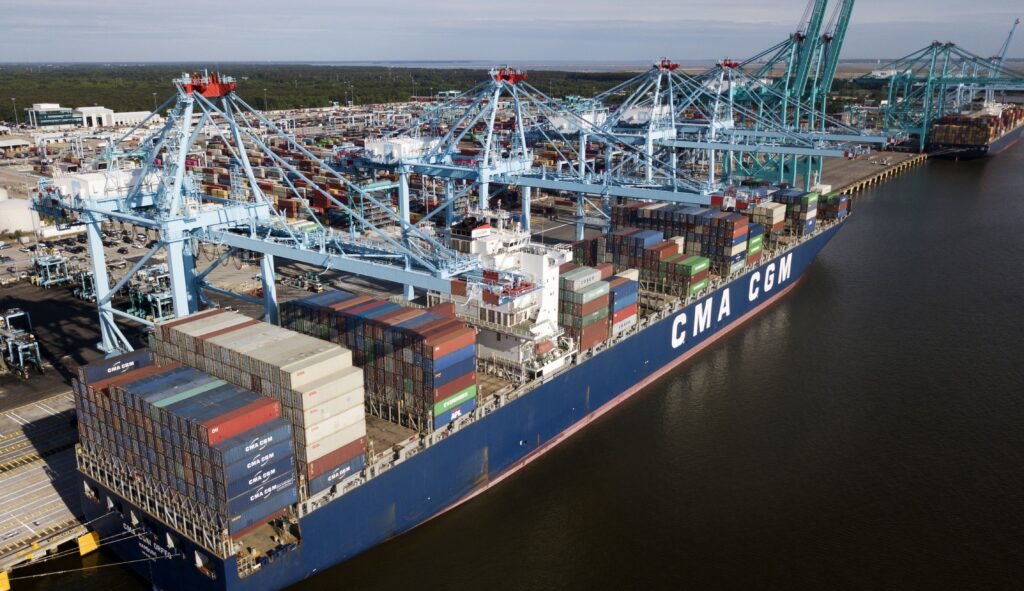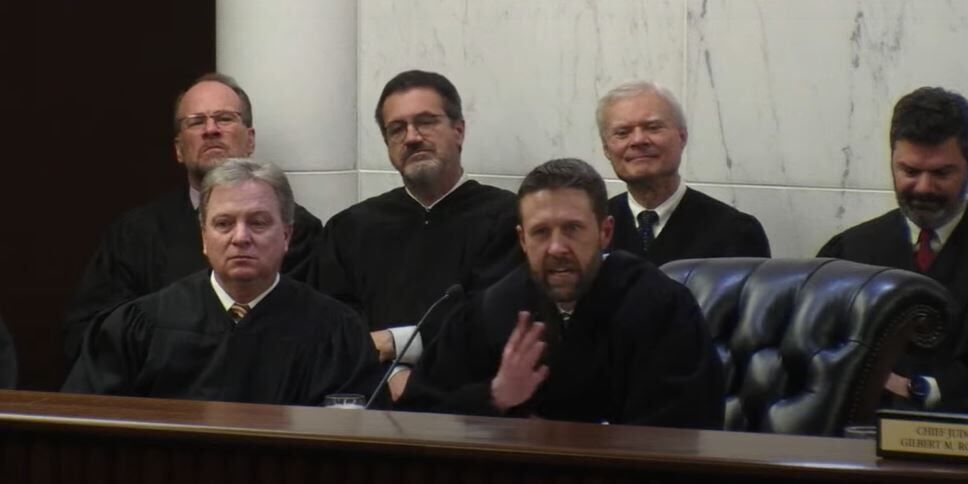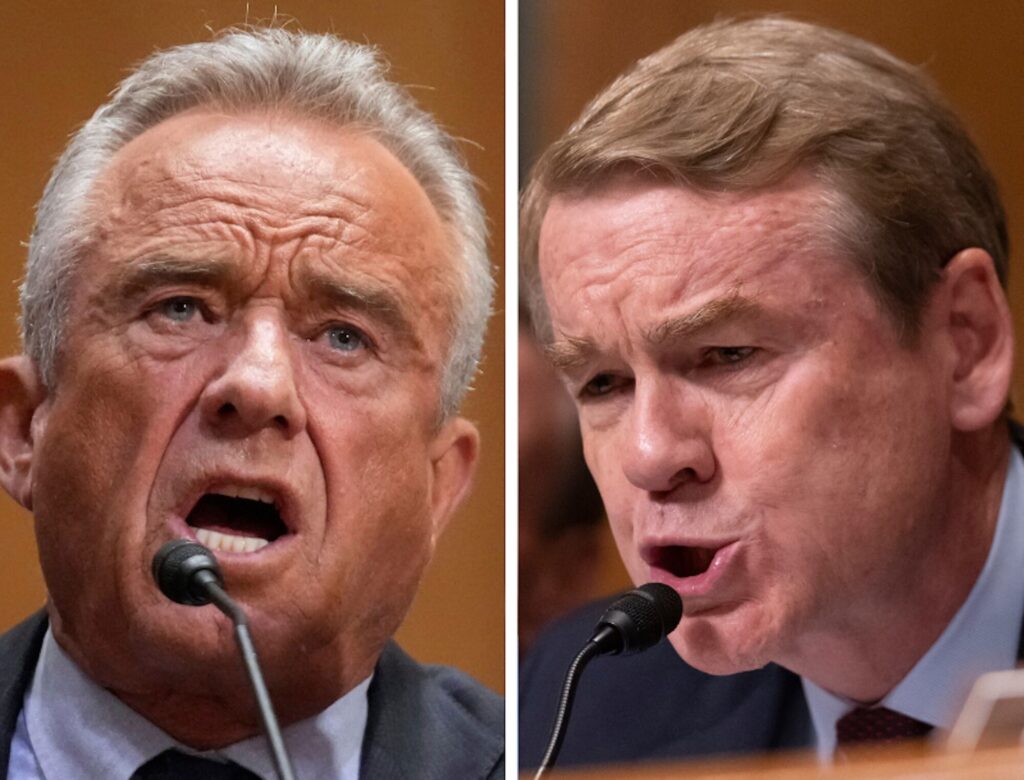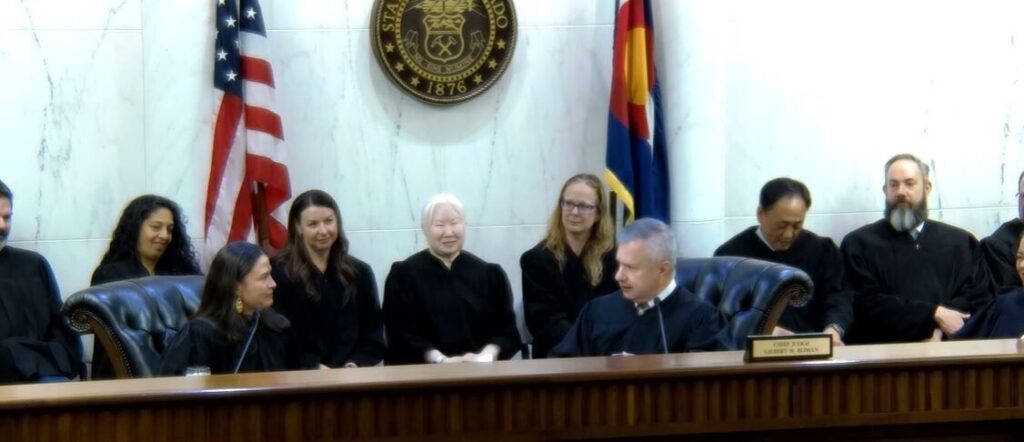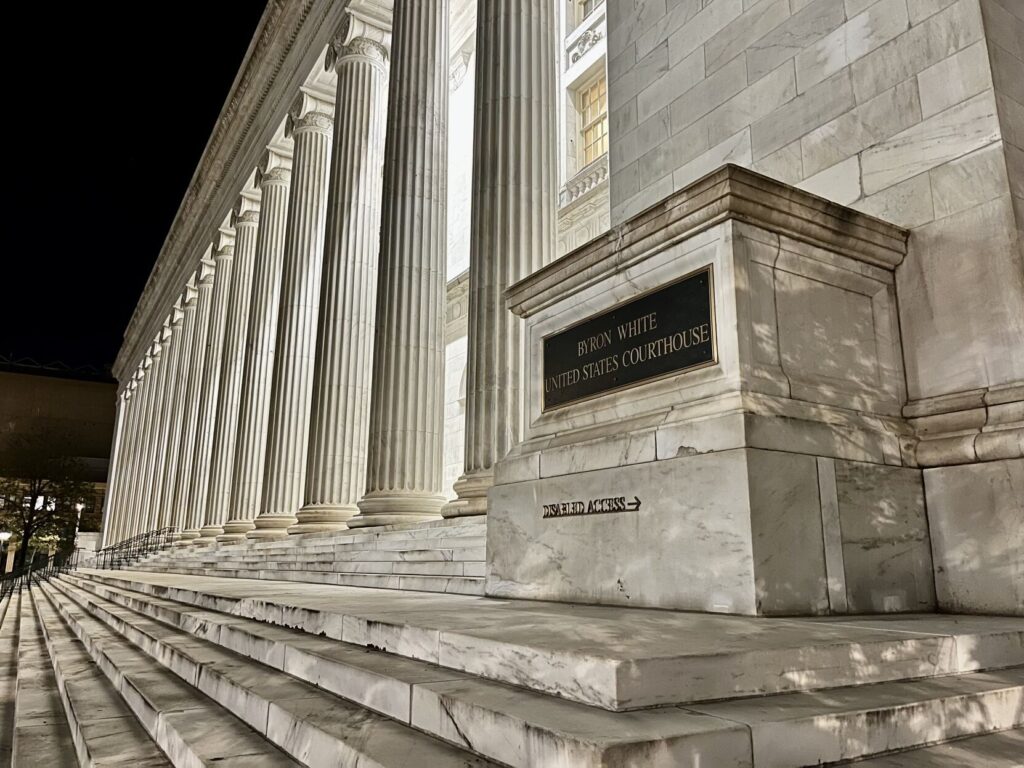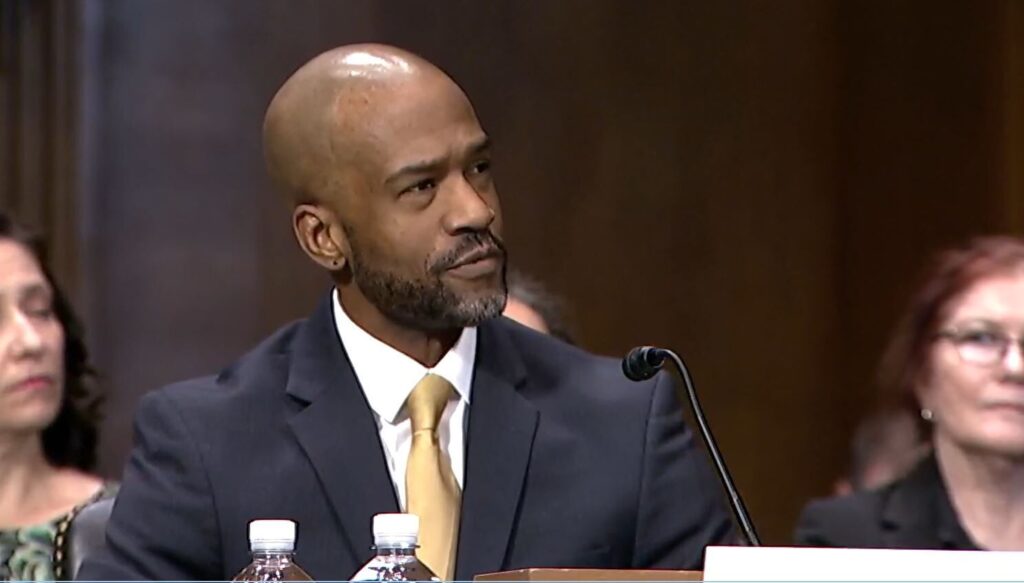National Western Center study identifies ‘opportunities’
Transforming the National Western Complex and Denver Coliseum sites into a year-round destination and regional asset could focus on companies and industries affiliated with the more traditional agricultural-based, but more technologically and globally involved, an economic study concluded.
Denver City Council’s Business, Arts, Workforce & Aeronautical Services Committee recently listened to a presentation on the likely direction for the National Western Center that listed the industries, companies and possible added employment the multi-million-dollar project might accomplish.
Participating in the project are the City and County of Denver, Western Stock Show Association, Colorado State University, the Denver Museum of Nature & Science and History Colorado.
Gretchen Hollrah, deputy director of the mayor’s office of the National Western Center, said the NextGen Agribusiness Economic Study Project was done to build on the existing foundation and investments to stimulate the local, regional and state economy. Hollrah noted those are entertainment and competition, education and research and economy and commerce.
“We like to think we can see this become the Silicon Valley of agriculture and agtech,” Hollrah added.
“I think we might want to call it ‘Silicon Range,’ since that’s where it’s at,” Councilwoman Mary Beth Susman responded.
Chris Brewer, vice-president of economic and planning for the study consultant, AECOM, said part of the stimulus to the project was a “very compelling argument going on worldwide that we need to look at our food differently.”
“We think there’s a move to connect people with where they get their food and how they consume it,” he said, and noted there had been a fundamental change in how food is consumed.
Brewer listed several food-related companies that had changed their ingredients to healthier alternatives in response to consumer demand, such as Taco Bell, Subway, General Mills, Nestle and others.
Serendipitous collisions = intentional thought
A broad array of companies could be sought to locate at the center’s campus, Brewer said, something that could add “a level of serendipitous collisions and intentional thought to help encourage innovation.”
Potential industries include water, soils, animal health and herd management, agricultural information systems, bioenergy, commodity processing and food manufacturing, beverages and natural, organic and local foods.
For instance, Brewer listed water, infrastructure, energy and related engineering opportunities, such as environmental consulting services, water supply and irrigation systems, water testing, and associated infrastructure. Those areas employed more than 91,000 people in Colorado in 2014 and created 1,261 Front Range jobs between 2009-2014, with a statewide hourly wage of $43.
Meanwhile, cattle and dairy opportunities such as animal and human health, nutrition, and herd management; sensors, testing and analytics for product quality and biosafety; access to water and infrastructure employed more than 15,000 people in 2014, but created just nine new Front Range jobs between 2009-2014, with an average hourly wage of $19.
The study found that Denver and the center can play a key role in driving the agribusiness economy in the global marketplace, technology and health.
“One thing we came across was that Colorado exports a lot of potatoes, and maybe there’s more research that needs to take place to help find ways to keep them fresh longer and benefit other crops, too,” Brewer added.
Brewer also noted a 1 million to 3 million square-foot facility would create many new jobs.
“We’re looking for companies and industries with fast growth and strong wages,” he added.
Turid Nagel-Casebolt, director of business development in the Office of Economic Development, noted “proximity and density will eventually foster innovation” when certain industries and companies are located together.
ROI takes time
Councilman Albus Brooks asked what the city’s return on investment on the project might be and Hollrah answered it depended on the type of return.
“Keeping the heritage of the stock show going is one big return,” she said. “But most financial returns take time.”
The total estimated cost for the first two phases is $856 million, and includes land acquisition, site remediation and initial infrastructure planning, new stockyards, event pavilion, livestock and equestrian centers, river activation, improvements to parts of Brighton Boulevard, and neighborhood connectivity.
Colorado State University has committed at least $16.2 million toward the design and construction of an equine sports medicine and rehabilitation clinic, while the Western Stock Show Association has committed $125 million, including a land contribution. The City and County of Denver has committed up to $669 million for the first two phases, and further funding will come from a $121.5 million Regional Tourism Act grant from the Colorado Economic Development Commission.
In addition, Denver has budgeted $2 million to $10 million from excise tax revenues annually for capital maintenance at the center and the Colorado Convention Center.
Hollrah also said possible events to hold at the center includes many that were turned down due to the state of the coliseum or its size.
Councilwoman Susan Gilmore said cow and dairy production uses massive amounts of water, but did not hear anything mentioned on how the center could help reduce that water use, how it might relate to the environment or methane gas and other such issues.
“Those are exactly the kind of conversations we want to have at the National Western Center,” Hollrah answered. “(Genetically modified organisms) and how we feed 9 billion people are what we hope can take place here if we create a neutral territory where those comprehensive conversations take place.”


